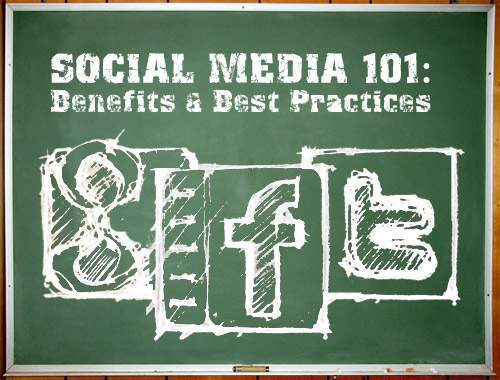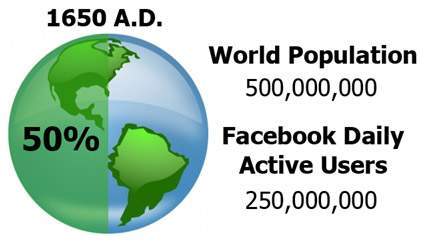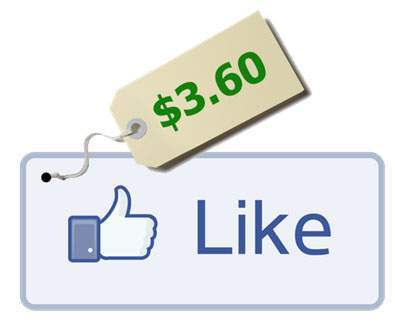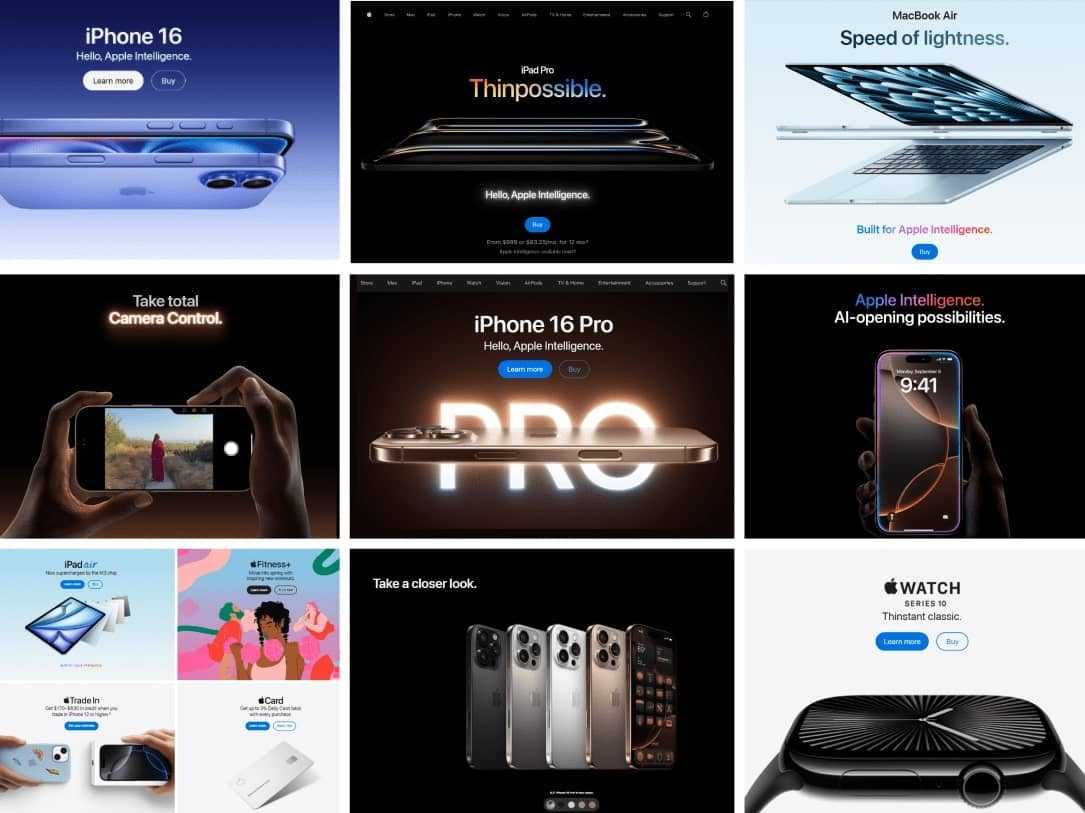Social Media 101: Benefits & Best Practices

The implementation of a corporate social media strategy is one that can often be met with some resistance by upper management. Most large brands have realized they need some presence on social networks, but without established metrics to judge return on investment, many companies are left wondering if there money could be better spent elsewhere. While ROI of social media may still be difficult to measure, there are no doubt some intangible benefits that social media offers businesses.
Benefits of Social Media
Brand Awareness
Think of it this way. On any given day, there are 250 Million active users engaged in conversation on Facebook. That is equivalent to half the population of the entire world just under 400 years ago.

In addition, the average user spends 55 minutes a day browsing Facebook. Where else will you find any medium that offers that sort of opportunity to interact with such a large population?
The fact of the matter is that Facebook and other social networks offer you the opportunity to interact with your customers where they already frequent. It is much more convenient for your customer to interact with you through Facebook, rather than to require that they interact with you through the confines of your website. As the old adage goes, be where your customers are!
Advanced Functionality
Several years ago, the major downside to social networks is that business pages were limited in what was actually possible. You could post pictures, stream news into your feed, and engage in conversation with your customers, but the functional aspects that added value on your actual website were not able to be replicated on Facebook.
This is not the case today. Modern day Facebook pages can contain forms, shops, videos, and any other sort of functionality you can dream up. It goes to the point above this one – why ask your customer to leave Facebook, when they can accomplish the very same desired behavior directly on your Facebook page?
Shareability
While the red squiggly line under the above word in my word processor indicates that it may not actually be a word, Facebook has many features that focus on increasing share-ability, which can help your content go viral. The Facebook “Like” is the core of Facebook’s quality algorithm and the fundamental metric used to measure user engagement.

Why are Facebook “Likes” such a big deal? To put it simply, Facebook “Likes” act as free Ad impressions. When someone chooses to Like your fan page, several things happen. First, they have expressly given you permission to contact them at any time (at least until they choose to Unlike you).
Secondly, the higher the engagement (Measured by the # of Likes, comments, shares, etc), the more likely it is that your page will be picked up by the Facebook algorithm and make it into the news feed of your fan base’s network of friends.
These two qualities combine to form a goal of online marketing – news feed optimization, or the act of optimizing your content to show up in the news feeds of your fans. The better the content, the more eyes on your brand.
Fans as Assets
Once you go through the trouble of acquiring fans, it is important that you treat that relationship with care. Your fans are an asset to your organization, just like capital or real estate. A lot of people try and place a price on the value of a Facebook Like. A recent adweek study showed that a Facebook Like is worth the equivalent of $3.60 of advertising spend.

Regardless of the hypothetical value of a Like. the fact remains that Facebook is an asset for its natural ability to act as a dedicated Customer Relationship Management tool. Traditional CRM's can cost thousands to hundreds of thousands of dollars to fully implement. Facebook gives you access to your customers' contact, demographic, and personal information in a couple of clicks. It also provides a means to communicate with them directly whenever you'd like.
Search Engine Optimization
The relationship that exists between Facebook and Bing is becoming more apparent as time passes and will without a doubt continue to grow stronger in the future. As such, we can expect that user engagement metrics on Facebook such as Likes will become increasingly more fundamental to Bing’s search engine rankings. The same can be said for Google+ and Google’s search results.
Social Media Best Practices
Now that I’ve successfully convinced you why social media is awesome, let me make one thing clear; Social media marketing is not right for every business. The decision to develop a social media campaign requires careful consideration and a firm commitment from internal stakeholders. For those that it does make sense, we’ve created this brief list of social media best practices to help you get started.
Create a Social Media Policy
Once you’ve decided to pursue social media, the first step should be to establish a social media policy. Whether you intend on using internal resources or an outside agency to manage your social media, clear guidelines for appropriate online conduct need to be defined. This online code of conduct could apply to all employees of your organization or simply the administrators of your own corporate page. It may also contain example responses for when negative publicity arises, the Do's and Don'ts, and a general tone or personality for status updates. In essence, the social media policy will ensure that your brand is consistent and aligns with your overall business objectives.
Content Creation
Quality content is what will initially attract fans and is ultimately what will keep them engaged with your brand. The content you post should be interesting, timely, and authentic. If your content fails to meet any of the above criteria, than you run the risk of boring your fans to the point of “unliking you.”
Organizations that have a large fan following have done so by allotting a substantial budget and resources for content creation. Promotions, contests, and sweepstakes are other great forms of content that can be used to achieve quick fan growth.
Treat Fans as Friends
The rules that apply to friendship also apply to “fanship”. When interacting with your fans, you should be careful not to violate their trust. Treat the relationship just as you would your best friends. Pushing your products may work on sales calls, but it doesn't deserve to be your status update every day. Use Facebook to extinguish the flames of negative publicity, encourage discussion and dialogue about topics related to your brand, and synergystically add to ongoing branding initiatives.
Do these few things and you are well on your way to becoming a social media guru. If you need help creating a social media policy, don't hesitate to Contact Us to schedule a time we can further discuss social media consulting.




